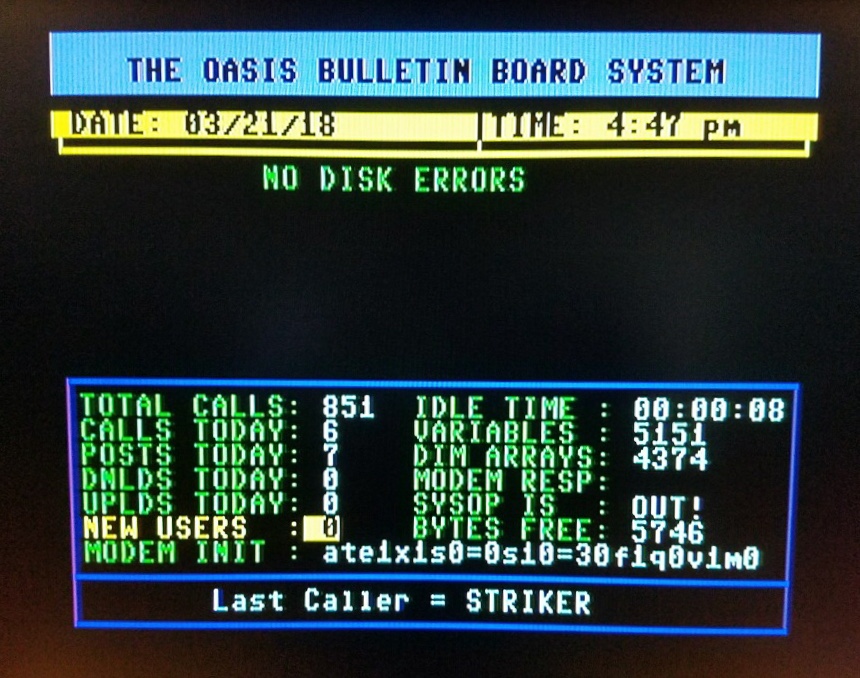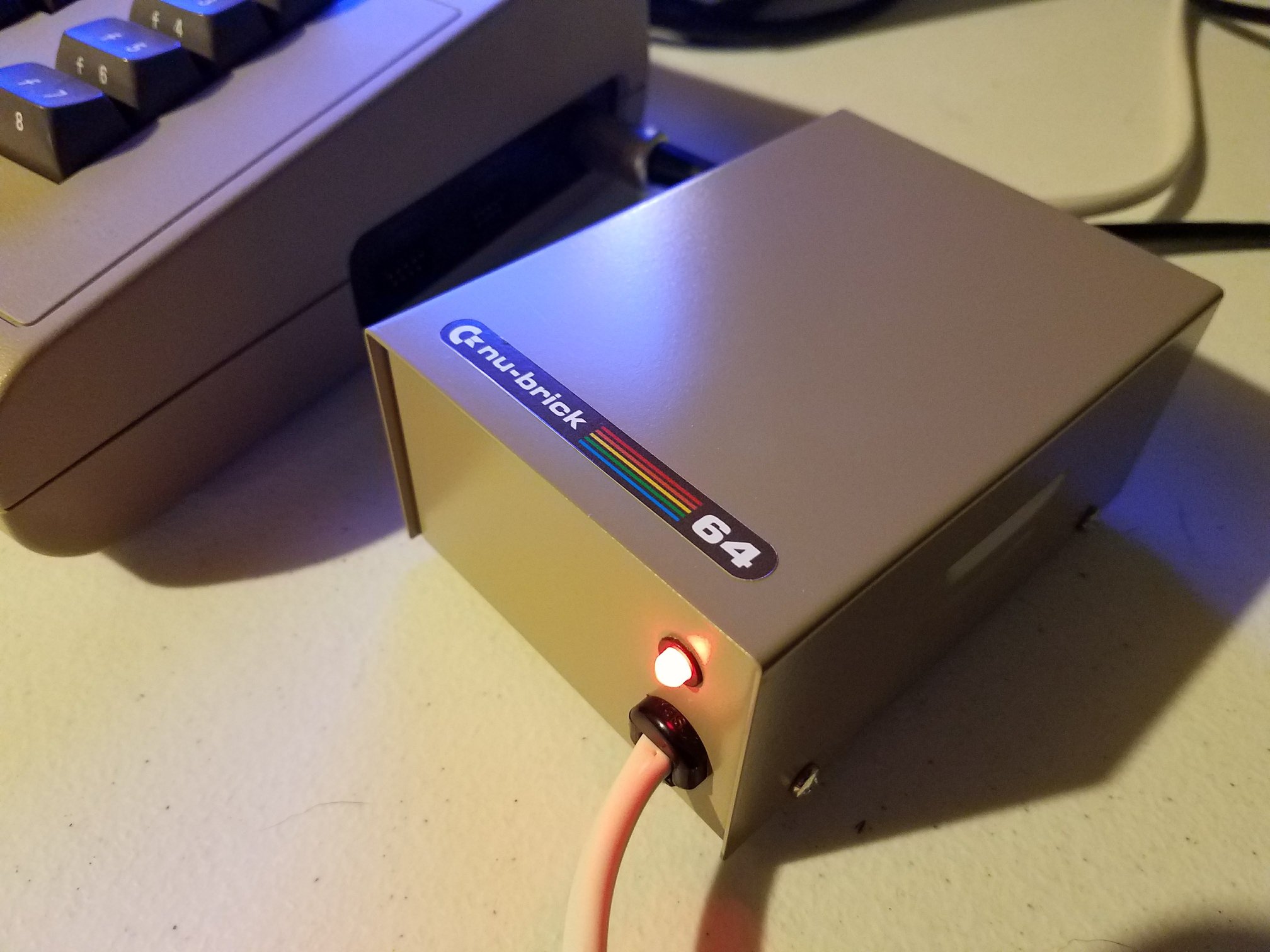The latest video from RavenWolf Retro Tech explores early C64 variants by restoring three unique machines from Commodore’s early production era. These systems highlight the inconsistencies and improvisations that defined the early years of the Commodore 64. From rare silver label models to first-generation board revisions, each unit reflects a chaotic manufacturing process and the lengths users went to in order to keep them running.
Commodore originally designed custom chips for a console. But after a change in direction, the team was ordered to turn their efforts into a full-fledged computer with 64K of RAM—fast. The prototype had to be ready for the 1982 Consumer Electronics Show in just six weeks. This rush led to a flood of inconsistently built systems featuring mismatched keys, odd-colored ports, and varying internal layouts.
These early C64 variants often had green or black cartridge ports, square or round power connectors, and even brass RF shields. Some used random keycap types or came with boards full of bodge wires. No two early units were quite alike.
Three Machines, Three Histories
RavenWolf restores three machines in this episode. One is badly damaged and needs nearly everything replaced, from a failed SID chip to a brittle power switch that falls apart during cleaning. Another unit boots immediately after years in storage and is used to capture gameplay footage of classics like Moon Patrol and Fort Apocalypse. The third machine hides a tangle of issues beneath a clean exterior, forcing RavenWolf to abandon the restoration mid-project.
All three systems expose different chapters in Commodore’s production evolution. By 1983, the 250407 board revision introduced better voltage regulation, a larger heat sink, and an 8-pin video output. These upgrades made the machines more stable and reliable, although they still varied depending on available components.
Imperfect Yet Influential
The early C64 variants weren’t flawless. Sparkle effects, audio whines, and strange character ROM glitches were common. Commodore’s service centers often swapped entire boards instead of fixing individual chips. Some users returned working systems just to get cleaner audio or a newer revision.
Still, these early machines worked well enough to build a massive user base. Over a million units sold in 1983 alone. Each revision helped shape the C64 into a flexible, affordable platform.
RavenWolf’s restorations reveal how users modified their machines to suit their needs. Socket swaps, chip replacements, and makeshift fixes were the norm. Watching these restorations brings those repair stories to life.
Games and Memories
The episode features two games, David’s Midnight Magic and Moon Patrol, to demonstrate what the early C64 could do. With smooth scrolling, complex sound, and a colorful display, the system clearly stood out from competitors. And yes, RavenWolf confirms his mom really did love playing pinball on it.
Through these restorations, the video offers more than just tech talk. It captures a time when users didn’t replace machines—they fixed them. The C64’s quirks weren’t flaws. They were part of its identity.







